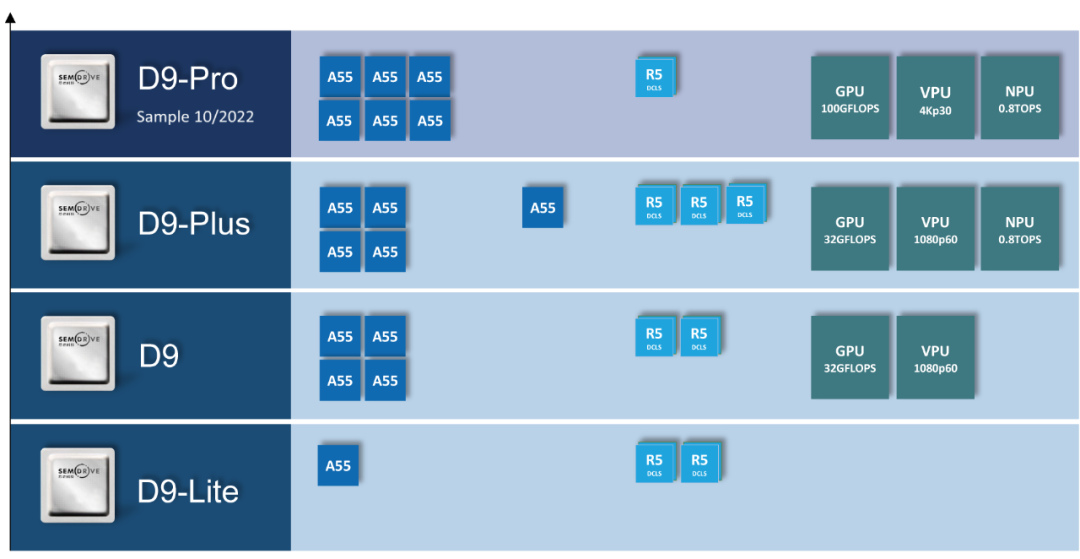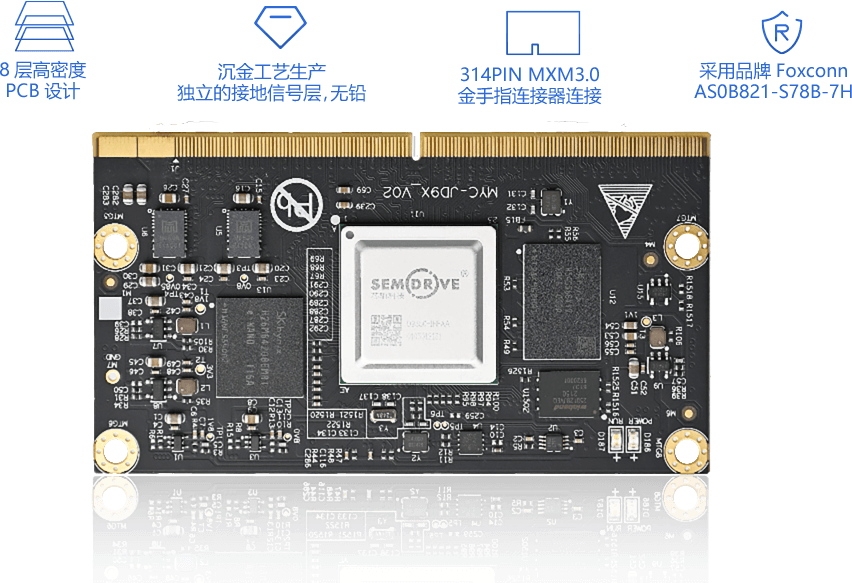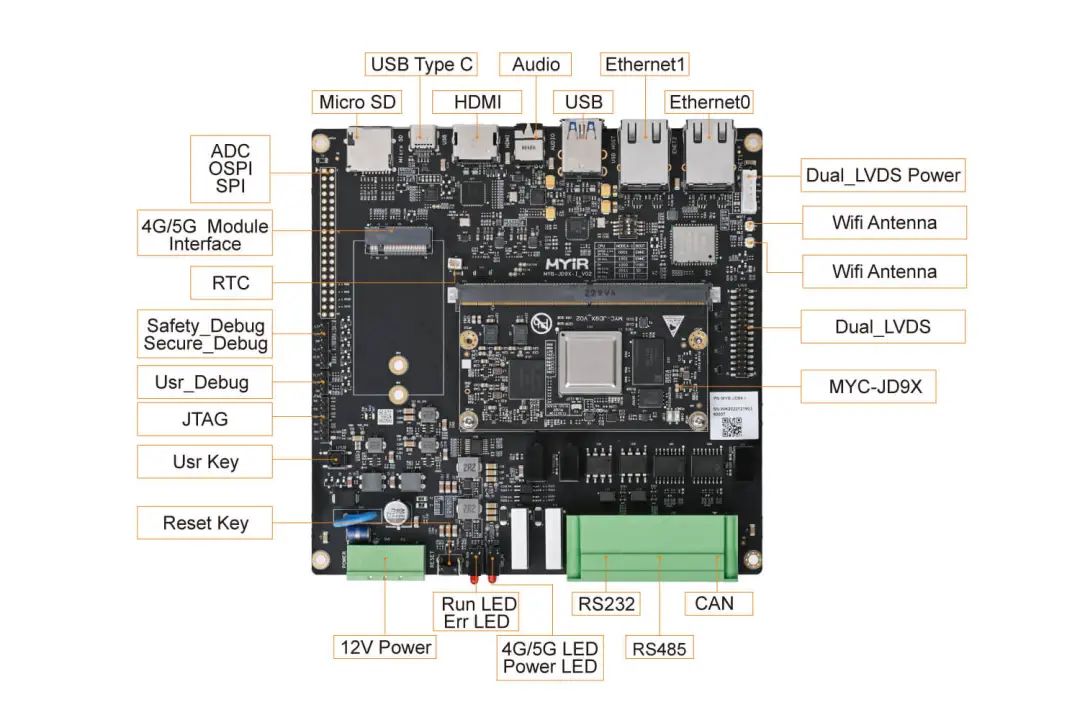Follow+Star Public Account, don’t miss exciting content
Source | MYIR Official Website
Do you still remember the days of chip shortages and price increases? In recent years, due to trade wars and technological suppression, chip localization has become a trend.
Today, I recommend a development board that can run Android, Linux,RTOS, and it features a car-grade industrial powerful domestic CPU. This is the MYIR Electronics’ newly launched development board based on the Xinchih D9 series core board.
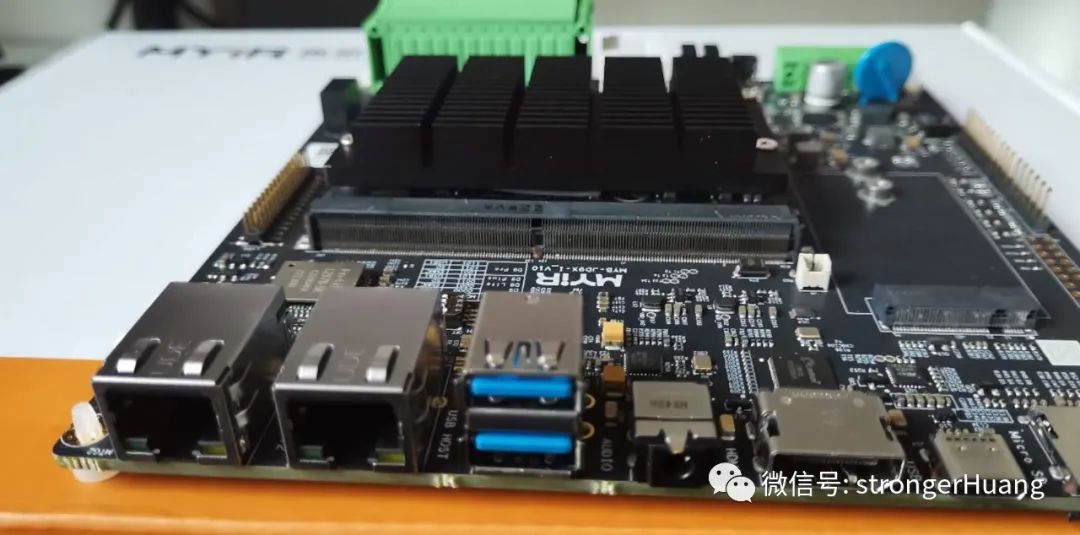
What are the Features of D9?
The D9 processor is a high-reliability, high-security, high-real-time, high-performance chip launched by the domestic manufacturer Xinchih, designed specifically for new generation power smart devices, industrial Internet devices, industrial control devices, industrial robots, engineering machinery, rail transit, and other advanced industrial applications.
Features of D9 Processor:
-
Uses Cortex-A55 + R5 combination architecture
-
TSMC 16nm FinFET process technology
-
22.6KDMIPS (4*A55) + 3.2KDMPIS (2*R5)
-
Automotive-grade processor, chip temperature range from -40 to 125 degrees Celsius
-
Can run multiple different operating systems simultaneously, such as Android, Linux, FreeRTOS, bare metal system, etc.
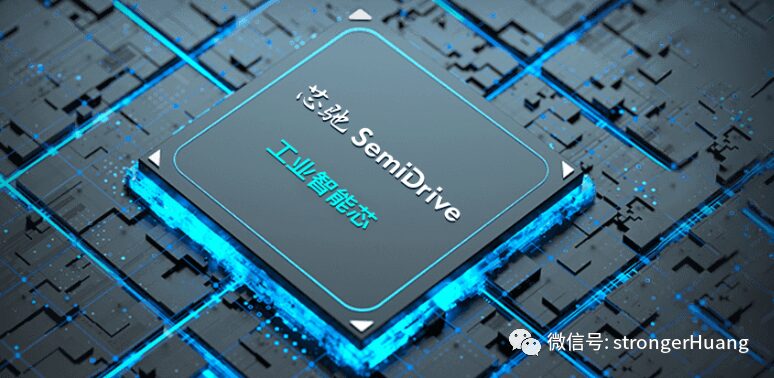
The D9 series processors provide flexible combinations of single-core, quad-core, pentacore, and hexacore processors + real-time processors, allowing customers to choose the model with suitable computing power according to their application needs.
2. MYIR Based on D9 Core Board
The Xinchih D9 core board adopts a high-density high-speed circuit board design, integrating D9 series processors, power supply, LPDDR4, eMMC, QSPI, EEPROM, watchdog chips, and other circuits on a board of size 82mm x 45mm.
Have you ever seen a core board that supports single-core, dual-core, pentacore, and hexacore?
MYIR offers customization services to meet different customer needs, allowing for the selection of core board parameters.
Options: Single-core D9-Lite, Pentacore D9-Plus, Hexacore D9-Pro.

3. MYIR Based on D9 Baseboard
The MYIR D9 baseboard provides a rich set of peripheral interfaces to meet different user needs:
This is the parameter information provided by MYIR:
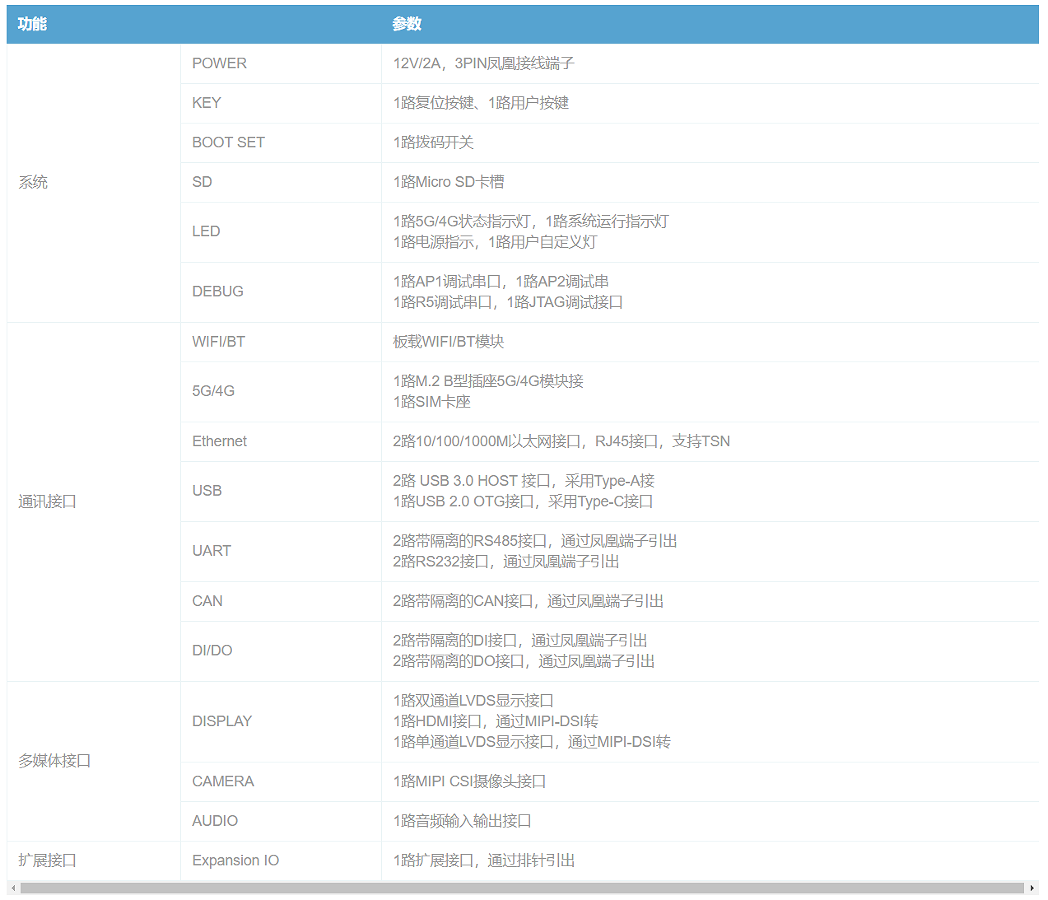
Is it Difficult to Develop Based on D9?
Many developers have a misconception that when they first get a development board, they have to start from scratch.
However, experienced engineers know that when switching to a new platform, manufacturers typically provide supporting software tools, such as system images, SDKs, development tools, etc. You only need to focus your time and energy on the application as per your needs.
MYIR designed this MYIR development board based on D9 with this issue in mind, providing supporting development materials alongside the board launch.
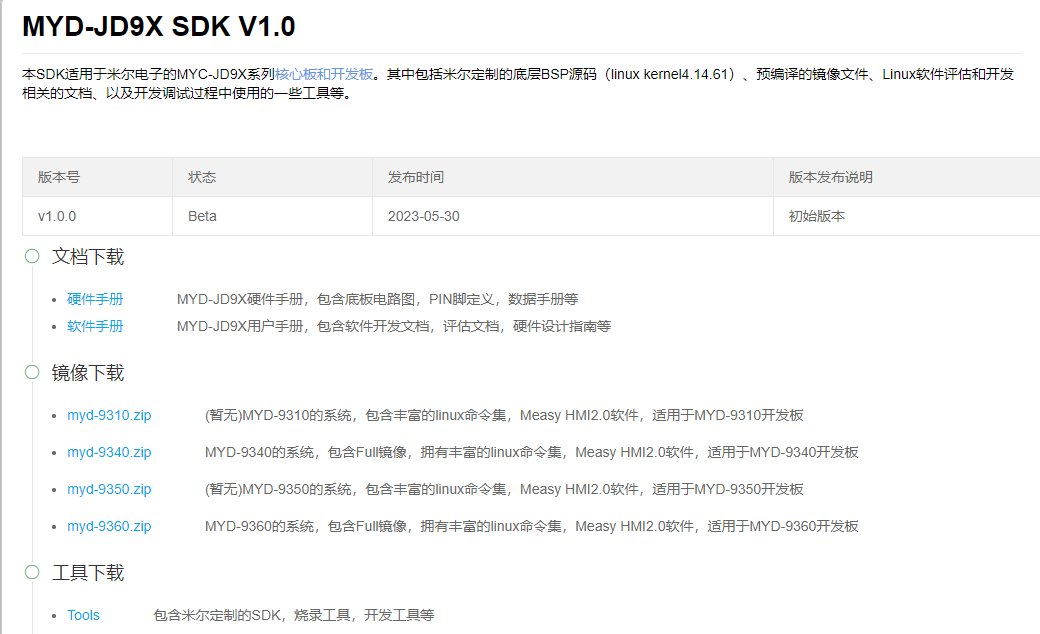
For those with no prior experience, it may take some time to familiarize themselves with the relevant knowledge. However, for developers with a certain foundation, developing on the D9 platform is relatively easy.
Here, I will share the main process of D9 Linux software development based on official materials:
MYD-JD9X is equipped with an operating system based on Linux kernel version 4.14.61.
The development board comes with an embedded Linux system development package, which includes the cross-compilation toolchain, U-boot source code, Linux kernel, and source code for various driver modules, as well as various development and debugging tools suitable for Windows desktop environments and PC Linux systems, application development examples, etc.
1. Development Environment
-
D9 Processor:D9310, D9340, D9350, D9360, etc.
-
Linux Development Host:Debian, Ubuntu, RHEL, etc., Ubuntu 18.04 64-bit desktop version.
-
Install MYIR Customized SDK
During the process of using the SDK to build this system image, a cross-toolchain also needs to be installed. The SDK provided by MYIR includes various source codes and necessary cross-toolchains that can be directly used for compiling applications.
The installation steps for the SDK are as follows:
Copy SDK to Linux directory and unzip
Create toolchain directory
Unzip the compilation chain
PC$ cd $HOME/MYD-JD9XPC$ tar -xvf gcc_linaro_7.3.tar.gz -C /tool
Install and test the compilation chain
To facilitate the setup of the compilation chain, they provide a setup script env.sh
2. Build Development Board Image
Step 1: Obtain Source Code
Purchasing the development board will provide the source code and supporting tools.
Step 2: Quick Compile Image
Here we need to use the envsetup.sh script provided by MYIR to set up environment variables.
Enter the SDK directory and execute ./build.sh config for project configuration, selecting board, project, boot method, and kernel version. Then execute ./build.sh to complete the compilation and packaging, generating the image in the out directory.
Just execute build.sh to compile the image with one click:
Once the image compilation is complete, the SDK source will generate an out directory, which contains all the image components after executing the build.sh one-click compilation script.
Main component introduction:
-
images_d9_ref main directory of the board’s image
-
binary directory, contains all component binary files
-
build_object directory, contains BSP and buildroot system compilation information
-
images directory, final image directory, .pac format image burning package
Step 3: Build SD Card Burner Image
Before building the SD card burning image, the full image needs to be built first.
Prepare the full image, enter the SDK directory, execute the build.sh config command, and select D9 for SD card boot.
Then, compile the SD card image and update the image package.
The D9 series microprocessor has multiple boot methods, and users can choose different methods for updates based on their needs. The main update methods are as follows:
-
USB burning: suitable for R&D debugging, testing scenarios.
-
Make SD card bootloader: suitable for R&D debugging, quick startup scenarios
-
Make SD card burner: suitable for bulk production burning eMMC
The official materials provide two methods: SDFactoryTool burning and making SD card burning.
Method 1: SDFactoryTool Burning
This means using the SDFactoryTool to burn via USB.
Connect the computer and development board via USB, select the boot mode, and set the dip switch to USB download mode.
Prepare the burning image, start the SDFactoryTool to proceed with the download.
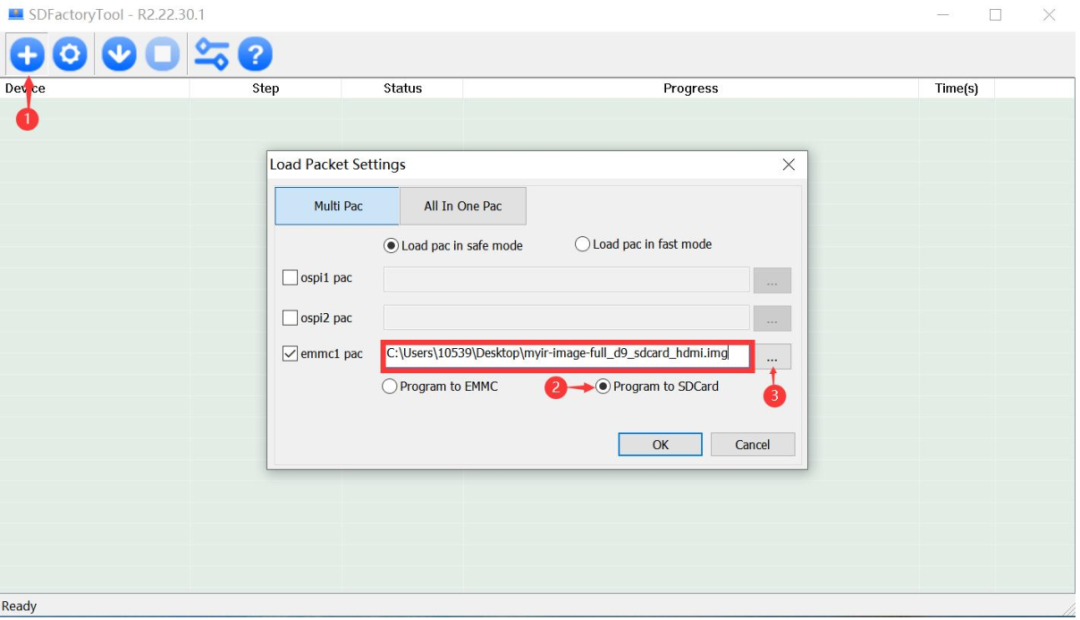
Method 2: SD Card Burning
To meet production needs and bulk burning, SD card burning can also be used.
This method is achieved by creating an TF card burning image package. To save time, MYIR has already compiled the SD card burning image package, and users only need to compile the updated image package. (Specifics can refer to the development manual)
4. Modify Board Support Package
This section is relatively important and also quite challenging, including the compilation and updating of U-boot, kernel, and related content.
a. Onboard SSDK Compilation and Update
SemiDrive MCU SDK (hereinafter referred to as SSDK) is used for MCU software development on various chip platforms from SemiDrive, such as the Safety R5 software for the D9 series SOC.
wujl@system2-ubuntu1804:/media/wujl/D9/d9_ssdk$ ./build.sh ssdk
After compilation, you can find the safety.bin and secure.bin binary files in the source/ssdk/boards/d9_ref/build/ref/gcc/secure/ directory.
b. Onboard Uboot Compilation and Update
U-boot is a feature-rich open-source bootloader that includes kernel booting, downloading updates, and many other aspects.
wujl@system2-ubuntu1804:/media/wujl/D9/d9_ssdk$ ./build.sh uboot
After compilation, you can find the bootloader.img binary file in the out/images_d9_ref/binary/download_img/ directory.
Copy the compiled image (bootloader.img) to the development board, the corresponding Uboot partition is /dev/mmcblk0p26, execute the following command to update:
root@myd-jd9x:~# echo 0 > /sys/block/mmcblk0boot0/force_roroot@myd-jd9x:~# echo 0 > /sys/block/mmcblk0boot1/force_roroot@myd-jd9x:~# dd if=bootloader.img of=/dev/mmcblk0p26 bs=1M conv=sync 0+1 records in1+0 records out
c. Onboard Kernel Compilation and Update
wujl@system2-ubuntu1804:/media/wujl/D9/d9_ssdk$ ./build.sh linux
After compilation, you can find the kernel.img and dtb.img binary files in the out/images_d9_ref/binary/download_img directory.
Update kernel and device tree:
Copy the compiled image (kernel.img) to the development board, the corresponding kernel partition is /dev/mmcblk0p38, and the dtb partition is /dev/mmcblk0p34, execute the following command to update:
root@myd-jd9x:~# echo 0 > /sys/block/mmcblk0boot0/force_roroot@myd-jd9x:~# echo 0 > /sys/block/mmcblk0boot1/force_roroot@myd-jd9x:~# dd if=kernel.img of=/dev/mmcblk0p38 bs=1M conv=sync9+1 records in10+0 records outroot@myd-jd9x:~# dd if=dtb.img of=/dev/mmcblk0p34 bs=1k conv=sync113+1 records in114+0 records out
5. Adapt Hardware Platform
This section is related to the chip’s low-level driver content, where you can quickly define the pins, attributes, power, etc. of each node using the pin configuration tool provided by Xinchih (the official tool is provided).
The specific details of this configuration can be found in Section 6 of the “MYD-JD9X_Linux Software Development Guide”.
Next, you can add your application. The official provides an introduction to “Makefile-based Applications”, which everyone can refer to.
Due to technological suppression, choosing domestic replacements has become a trend. If you are looking for a similar chip, you might want to check out this D9 series development board:
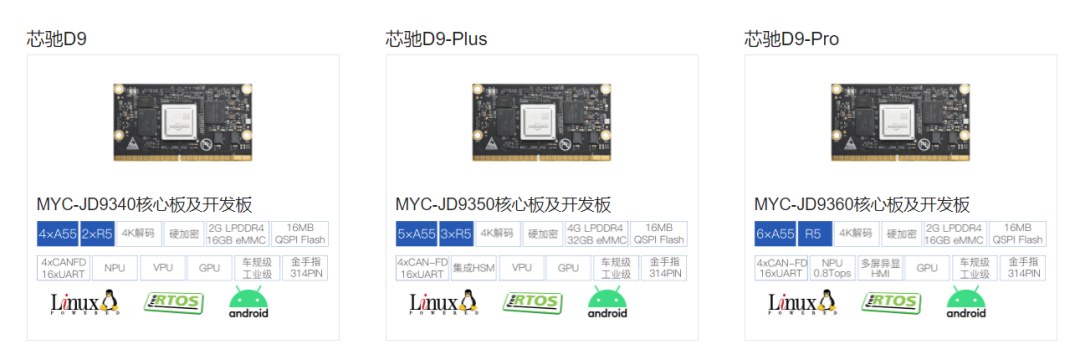
Here is an introduction to MYIR based on the D9 core board:
https://www.myir.cn/lists/119.html
Note:The public account does not support external links, please copy the link to the browser to open, or click the end of the article【Read Original】 to learn more.
MYIR Electronics, a high-tech enterprise focusing on the design and research and development of embedded processor modules, is a leading embedded processor module manufacturer. MYIR Electronics has over 10 years of R&D experience in the embedded processor field, providing customers with CPU modules based on ARM architecture, FPGA architecture, and charging control systems, as well as customized solutions and OEM services for clients in smart medical, smart transportation, smart security, IoT, edge computing, industrial gateways, artificial intelligence, and other industries. The company helps customers accelerate their product launch processes through professional and efficient services, and has served over 10,000 enterprise clients in the industry.
Leading Embedded Processor Module Manufacturer
☞ Irregularly share product materials and dry goods
☞ Release the latest news from MYIR at the first time
Long press the QR code to follow us
Shenzhen Headquarters Phone:
0755-25622735 17324413392
Address: 6th Floor, Building 2, Yunli Intelligent Park, Bantian, Shenzhen



